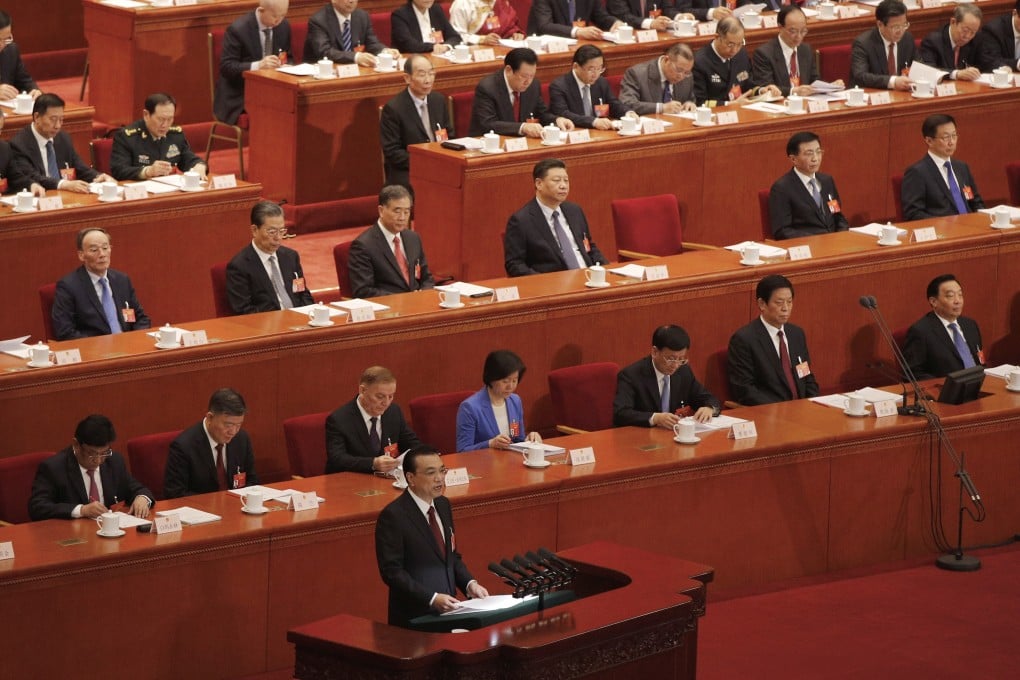Six key takeaways from China Premier Li Keqiang’s annual policy blueprint
- The government set the economic growth target for 2019 in a range of 6.0 to 6.5 per cent during the opening of the National People’s Congress
- Beijing also announced a significant 3 percentage points cut in value-added tax rate for manufacturers to 13 per cent

Chinese Premier Li Keqiang delivered his 2019 government work report on Tuesday morning to the National People’s Congress in Beijing, but what does it mean?
1. Uncertain outlook
The government is foreseeing “graver and more complex” risks and challenges of a “both predictable and unpredictable” nature, and China must be “prepared to fight tough battles” this year.
As such, the government has set the economic growth target in a range of 6.0 to 6.5 per cent, which offers Beijing the necessary leeway to cope with those uncertainties.

Beijing has also set a higher deficit-to-gross domestic product ratio of 2.8 per cent for 2019, from 2.6 per cent in 2018.
The government admitted that “trade disputes” with the United States had generated negative impact on business operations in China and market expectations, but that Beijing had “appropriately” handled the disputes.
2. Tax cut
The government announced a 3 percentage points cut in value-added tax rate (VAT) for manufacturers to 13 per cent, a significant tax cut.